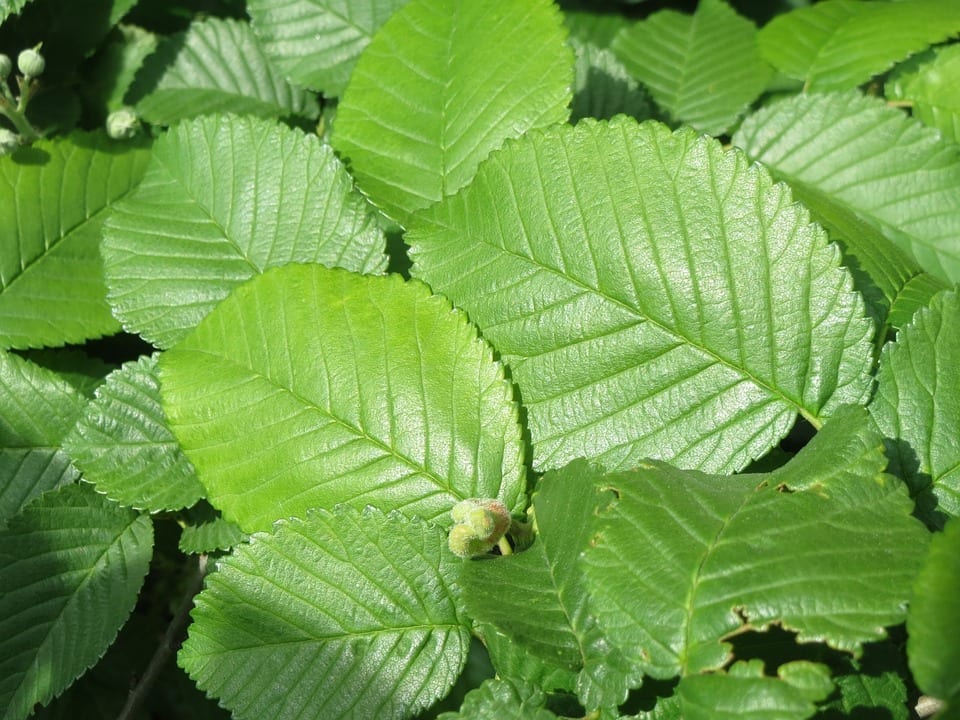
El Ulmus minor it is one of the deciduous trees that grows best in medium to large gardens. Its growth rate is fast, and in a matter of a few years it gives a very pleasant shade. In addition, it is resistant to drought and frost.
Its maintenance is simple, since as if that were not enough, it supports pruning well, recovering without problems. Next we will tell you everything about him.
Origin and characteristics
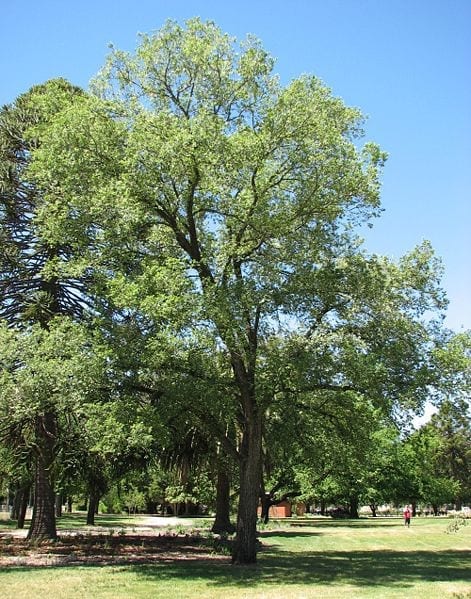
Image - Wikimedia / Melburnian
Our protagonist is a deciduous tree native to Europe, northern Africa and Western Asia, whose scientific name is Ulmus minor. It is popularly known as common or black elm. It reaches a height of up to 40 meters, with a thick and somewhat tortuous trunk, with the bark greyish-brown or dark brown, rough and cracked. The crown is wide, rounded and dense. The leaves are simple, alternate, ovate, with a serrated edge, green in color except in autumn when they turn yellowish before falling.
The flowers, which sprout at the end of winter, are grouped in inflorescences of up to 30 units, and the fruit is a samara with a wing that surrounds the seed, with a length of between 7 and 9 mm.
How do you take care of yourself?
If you want to have a black specimen, we recommend providing the following care:
Location
It is a tree that must be outside, in full sun. Being very large as an adult and having invasive roots, it is important that it be planted at a distance of at least ten meters from pipes, soil, etc.
Earth
- Garden: It grows in fresh and deep soil, although it can also do so in the compact and clayey ones that we have in the Mediterranean.
- Flower pot: you can use universal growing substrate, but it is not a plant to have in a container all its life, unless it is worked as bonsai (we will see how to take care of it as such below).
Irrigation
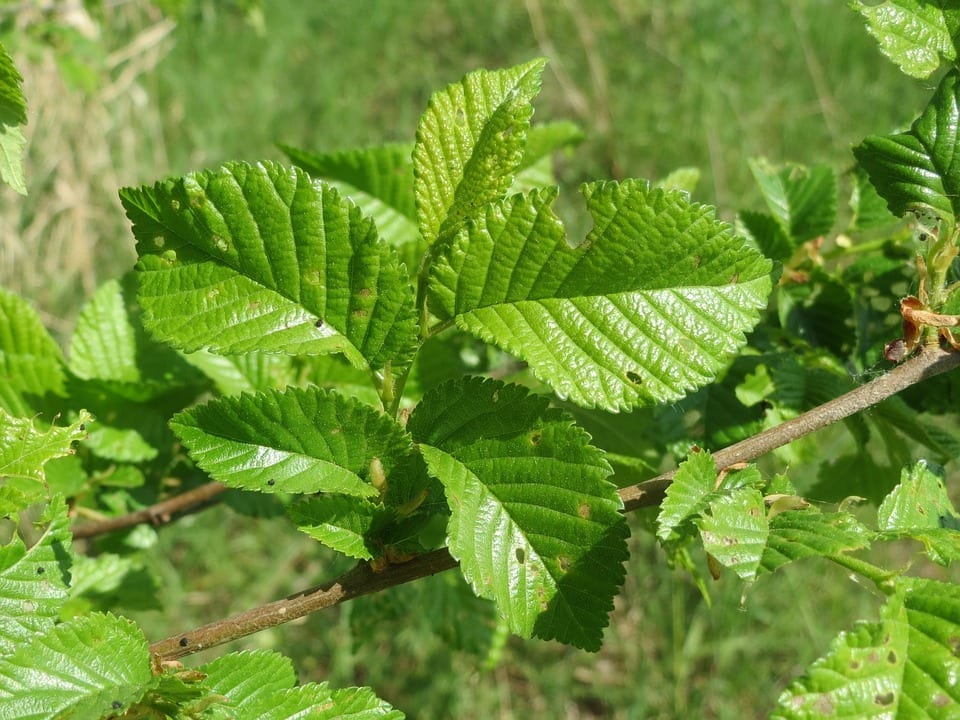
The frequency of irrigation will change a lot throughout the year: and it is necessary to bear in mind that the land does not dry out as fast in summer as in winter. To this we have to add that it is quite resistant to drought (I tell you from experience 😉), so how often do you water? Well, it will depend on the season we are in and where we have it planted:
- Garden: during the first year water 2-3 times a week in summer, and the rest of the year every 5-6 days. From the second, the waterings can be spaced, and if they fall a minimum of 350mm per year, it can be watered only from time to time.
- Flower pot: 3-4 times a week in summer, somewhat less the rest of the year. During the driest and hottest season a plate can be put underneath.
Subscriber
In spring and summer can be paid with Organic fertilizers, Such as guano (here you have it in powder and for here liquid, the latter ideal for potted plants).
Pruning
It could late winter Normally, although if you live in an area with a mild climate you can also in autumn. You have to remove the dry, diseased or weak branches, and trim those that have grown excessively. Use proper pruning tools (chainsaw for very thick branches, small hand saw for branches 1 to 3cm thick, and pruning shears for thin branches up to 1cm). Do not forget to disinfect them before and after use.
Likewise, it is necessary that you put healing paste on the wounds of branches with a thickness of 1cm or more, since otherwise microorganisms such as fungi could infect it.
Management
It is very resistant, but it is very vulnerable to graphiosis, which is a disease that affects elm trees and Zelkovas. They are fungi that enter trees through the Scolytus scolytus insect, which carries spores attached to its body that it spreads. Once it reaches the interior, it plugs the vessels that carry the sap, causing the leaves to first wither and yellow and then dry. After a few months the tree dies.
It is controlled as follows:
- Chemical remedies: with insecticides such as Chlorpyrifos, following the indications specified on the package.
- Natural medicine:
- Try to have the Ulmus minor well cared for, watered and fertilized. Also, keep your pruning tools in good condition.
- Cut down and burn the specimens that have succumbed to the disease.
- Disinfect the soil before planting anything, for example with the method of solarization.
Pests
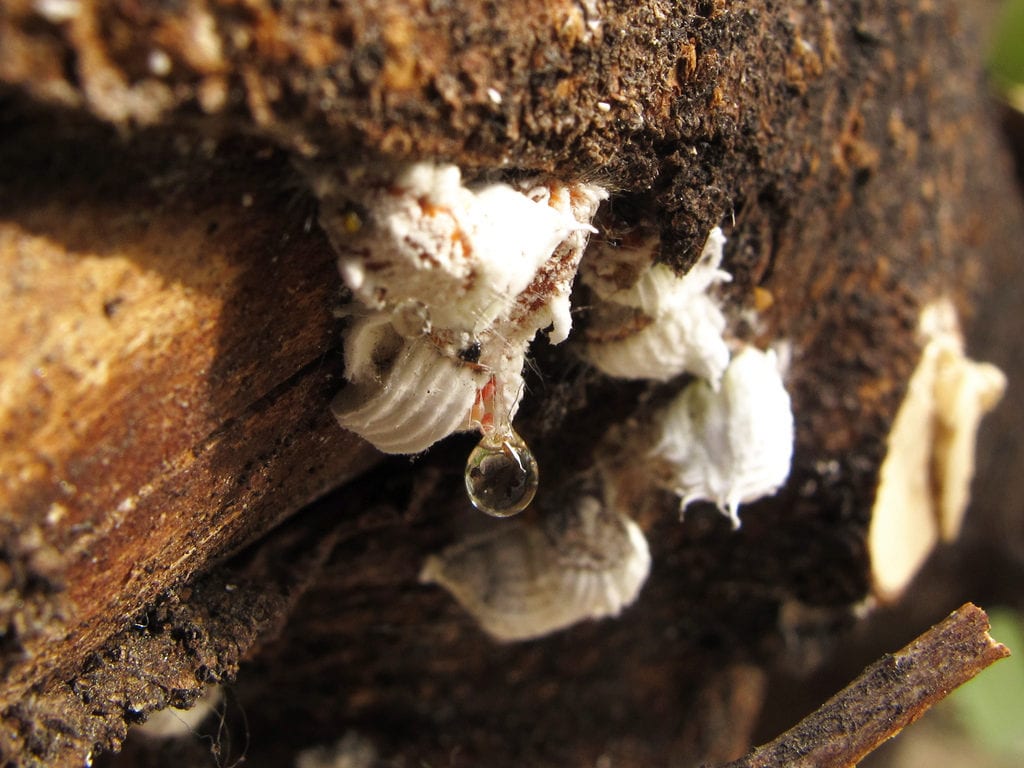
You may have the following:
- Mealybugs: they feed on the sap of the leaves. They are controlled with anti-mealybugs.
- Defoldering caterpillars: the leaves are eaten. Fight with diatomaceous earth o potassium soap.
Rusticity
Resists up to -20ºC. It does not live in tropical climates.
What uses does it have?
Ornamental
El Ulmus minor it is used as an ornamental plant, either as an isolated specimen or in groups. It gives very good shade and is easy to care for.
Bonsai
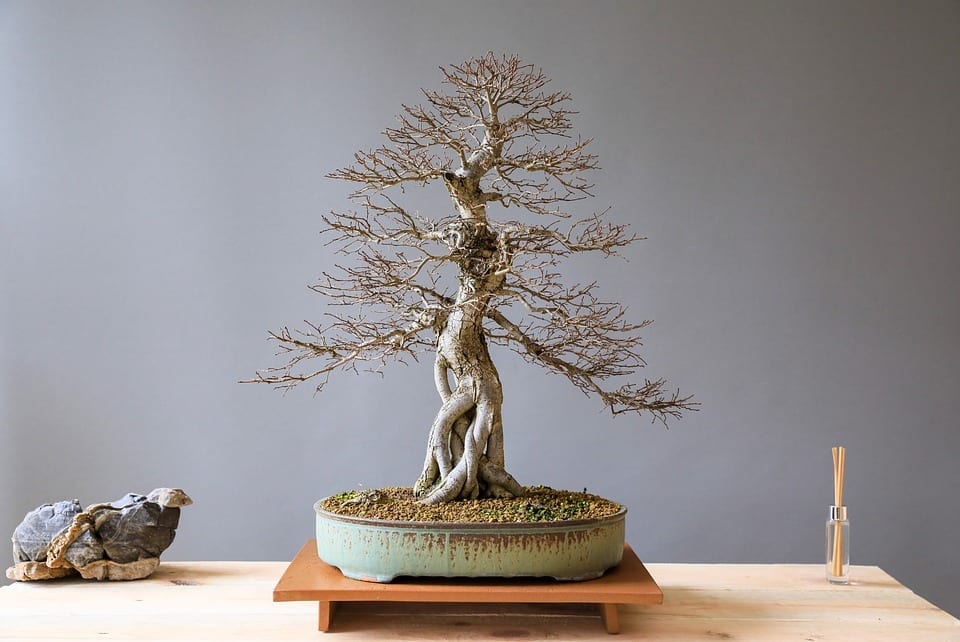
It is a tree very worked as bonsai, due to its resistance and adaptability. His cares are:
- Location: outside, in full sun.
- Substratum: 100% akadama or mixed with 30% kiryuzuna.
- Irrigation: every 1-2 days in summer, and every 2-3 days the rest.
- Subscriber: in spring and summer with a liquid fertilizer for bonsai, following the instructions specified on the package.
- Pruning: late winter. Remove dead, diseased, or weak branches, and trim those that are growing excessively.
- Style: almost any: vertical form or informal, windswept, forest ...
- Rusticity: up to -15ºC.
What did you think of this tree?